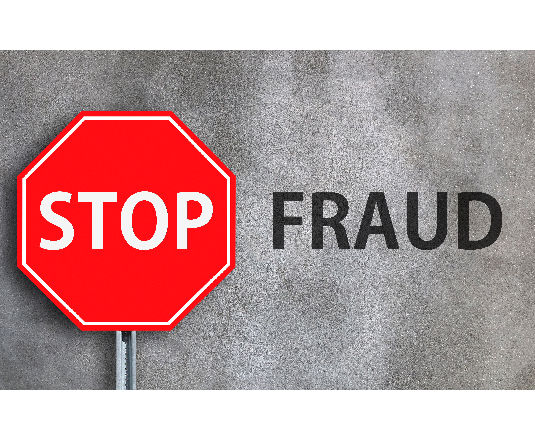Safeguard Your Information: How to Protect Yourself from Scammers
Recent Data Breaches - What We Can Do to Protect Ourselves.

- Regular Credit Report Checks: Review your free credit report from each of the three major credit bureaus (Equifax, Experian, and TransUnion) annually by visiting AnnualCreditReport.com. Regular monitoring can help identify any unauthorized activities promptly.
- Freezing Credit Reports: There is an option to freeze your credit report. This is one of the most effective ways to prevent identity theft, as it restricts access to your credit reports, making it harder for criminals to open new accounts in your name.
- Use Strong and Unique Passwords: Always use strong, unique passwords for your financial accounts and change them regularly. Password managers can help create and store these securely.
- When possible, use Multi-Factor Authentication (MFA): Enable multi-factor authentication on your online accounts. MFA provides an additional layer of security beyond just a username and password.
- Beware of Phishing Scams: Always be cautious about unsolicited emails, texts, or calls requesting personal information. You should ALWAYS verify the source before clicking on links or downloading attachments.
Steps for Compromised Data:
- If you suspect your information has been compromised, you should immediately change your passwords and monitor your accounts for unusual activity.
- Report any suspicious activity to your financial institutions and consider placing a fraud alert on your credit file.
- Contact the Federal Trade Commission (FTC) through IdentityTheft.gov for guidance and recovery plans if you believe your are victim of identity theft.
